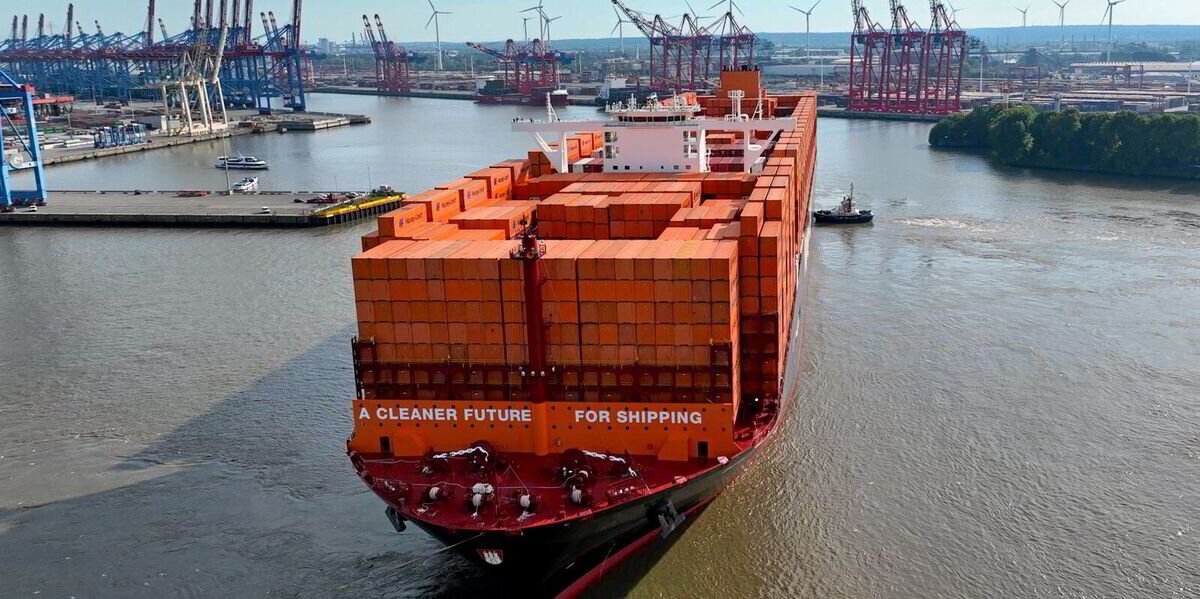While this global agreement signals a turning point, regional regulators—particularly the European Union—face pressure to align their ambitious shipping regulations with the new global direction. The EU’s FuelEU Maritime regulation and the inclusion of shipping in the EU Emissions Trading System (ETS) are at the forefront of this policy shift.
But can regional and global measures be effectively reconciled? Who will pay the cost and what challenges arise when applying regional tools to a globally mobile industry?
One major criticism of EU regulation is its extraterritorial nature. By applying rules to voyages partly outside EU waters (in this case 50% of emissions from international voyages), the EU risks undermining the global consensus-building at the IMO.
For the maritime sector, the EU ETS is already influencing other nations to consider developing similar market-based mechanisms for shipping. This trend is gaining momentum as countries seek to align with their climate goals.
For example, the United Kingdom announced its intention to expand the scope of the UK ETS from 2026 to the domestic maritime sector, while Gabon and Djibouti in Africa introduced a carbon tax on shipping – implemented through the Africa Sovereign Carbon Registry – itself partly inspired by the EU ETS.
Observers fear that this fragmentation will lead to regulatory arbitrage (routing around EU ports or making shorter non-EU stops before entering EU waters) and confusion over compliance.
For globally-operating shipping companies, the result will be overlapping compliance systems, different auditing regimes, duplicated reporting and regulatory inconsistency.
For example, a vessel operator using a low-carbon fuel to comply with FuelEU may not be in compliance under IMO NZF, leading to compliance inefficiencies, as well as administrative and financial burdens.
Upon adoption of the IMO NZF (expected in October 2025) the EU Commission must present two reports to the European Parliament and to the Council with a proposal for a possible articulation or alignment of EU measures with the global one.
For FuelEU the report must be submitted without delay (Article 30.5) while for EU ETS within 18 months of the adoption and before it becomes operational (Article 3gg). The process for a possible alignment would require:
• Impact assessments and stakeholder consultations.
• Policy proposals by the European Commission, potentially revising the scope to reflect the binding IMO NZF.
• Legislative amendment by the European Parliament and Council to modify FuelEU Maritime and the ETS.
This is possible but politically and administratively complex. The IMO’s timeline aims for adoption by October 2025, with implementation from 2028 onwards. In contrast, the EU’s ETS and FuelEU are already in effect from 2024 and 2025 respectively. For the EU any realignment would need to backtrack or redesign systems already legislated and implemented.
The whole process is expected to take time, and operators may need to comply with the global and the EU regional measures for some period. Combined, these frameworks will drive up voyage costs significantly.
The graph below presents the IMO NZF cost in comparison with the ETS and Fuel EU cost for a vessel burning /day of VLSFO (WtW emissions 95.48 /MJ), assuming intra EU operation and a fixed EU Allowance (EUA) price of EUR80 until 2035.
An annual increase in the FuelEU penalty of 10% is considered.
The combined ETS and FuelEU compliance cost is higher than the NZF cost every year.
Initially the ETS cost is higher followed by the NZF cost and then FuelEU while in the years 2030 and 2035 the FuelEU cost becomes higher than the IMO NZF cost.
And this cost doesn’t stop at the quayside. As operating expenses rise, shipowners and charterers will inevitably try to pass them on to cargo owners, logistics providers and retailers. In line with the ‘polluter pays’ principle, the NZF includes a provision (Regulation 36.7) similar to the ETS (Article 3gc) and FuelEU (Article 23.8) for the ship operator to recover any costs incurred in the application of the regulation that relate to the operational responsibility of the ship.
The operational responsibility of the ship is considered to be the entity which determines the fuel used, the cargo carried or the route or the speed of the ship. Any costs transferred to the operationally responsible entity will not be automatic but could be arranged through private contractual arrangements. For goods shipped into Europe end user prices could rise accordingly.
The EU has taken bold, early steps to decarbonize shipping. But with the IMO now moving toward a global approach, the shipping industry is looking to Brussels to adapt and align its regulations to global standards.
This is not a question of ambition, but of effectiveness. Without global harmonization, overlapping rules may cause compliance inefficiencies, market distortions, and diplomatic friction.
Alignment is possible but will require significant political will, technical coordination and regulatory flexibility. As the IMO prepares to adopt its mid-term measures in October 2025 with implementation starting in 2028, the next two years are critical.
Shipowners and other industry stakeholders increasingly believe that the EU must balance its role as a climate leader with the need to support a unified, enforceable and efficient global decarbonization regime for shipping.
Source: ABS by Stamatis Fradelos, VP Global Regulatory Affairs





